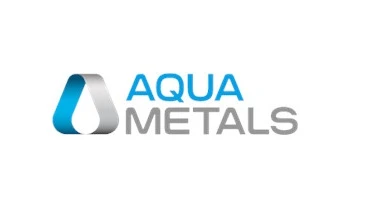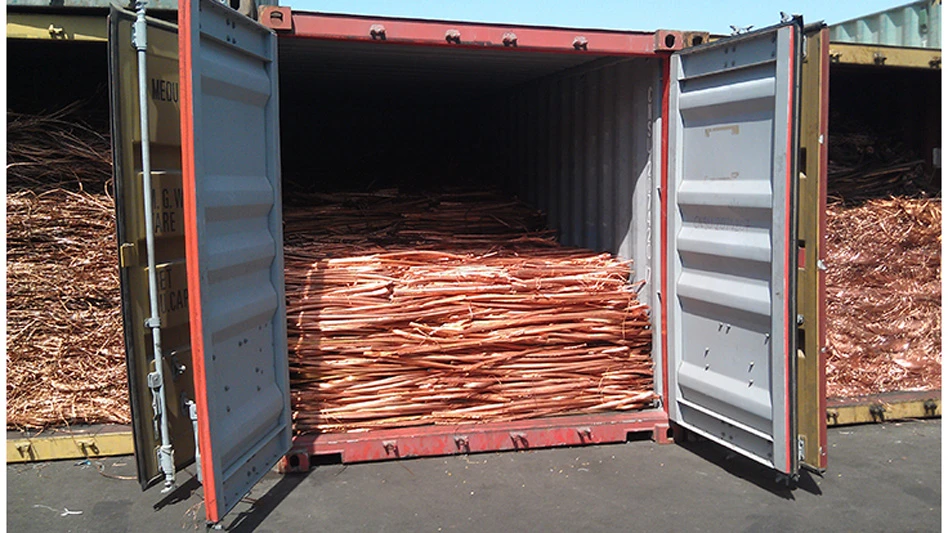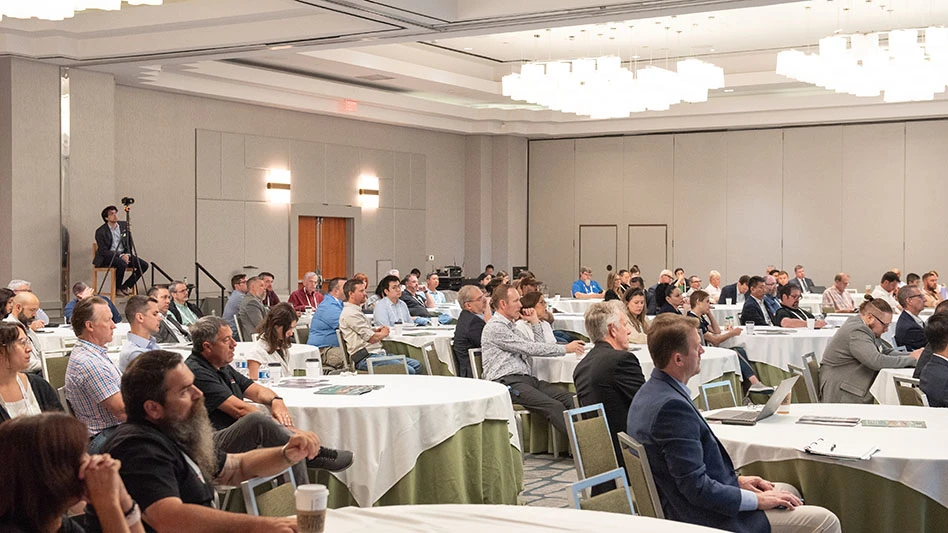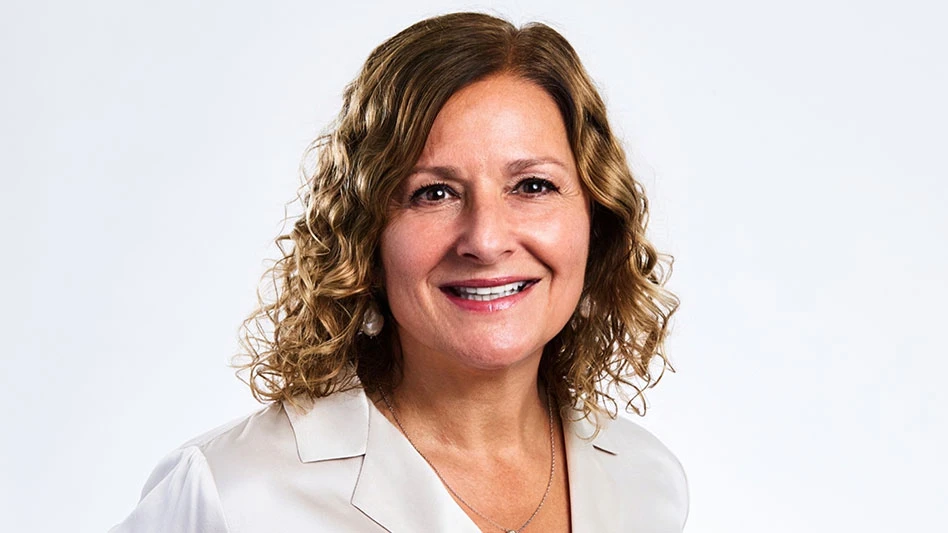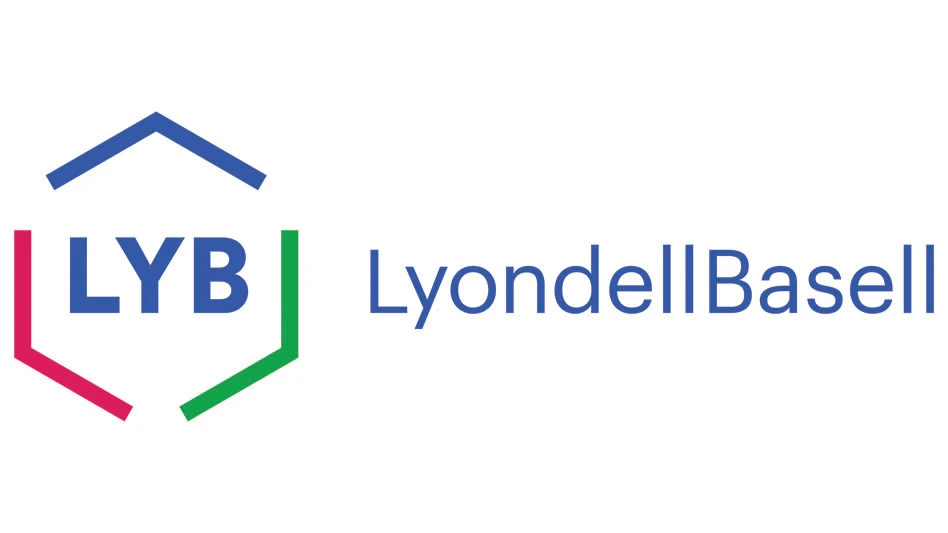
1. Where is single stream going in the next 10 years?

Van Dyk Recycling Solutions
Technical Director
Single-stream collection is here to stay. However, the composition keeps changing on us due to social factors. COVID has accelerated the “Amazon effect.” OCC (old corrugated containers), especially small OCC, has been on a steep rise and seems to continue to climb. Flexible packaging (including plastic film, though often not in the collection program) also is on the rise. As a result, the density of the input material is dropping, and it makes it harder to run at higher capacities. For many of our customers, this is already a reality today. Some see certain loads from certain areas coming in that way. But they all have one thing in common: Their MRF doesn’t perform the same way it used to perform because it was not designed to handle the changing material stream.
2. What will happen to the ONP grade?
Many of our customers are already seeing old newspapers, or ONP, declining rapidly. Operators are struggling to make an ONP grade and often must sell it as mixed paper. It will become harder and harder to make an ONP grade even for the most modern MRF. Blending ONP into mixed paper will become a reality for many—if not already.
3. Is flexible packaging going to become a commodity?
In many areas, flexible packaging will become a commodity—especially PE (polyethylene) plastic film. Plastic recyclers for LDPE (low-density polyethylene) and LLDPE (linear-low-density polyethylene) plastic film are expanding their capacities rapidly and continue to grow (EPR, or extended producer responsibility, being one of the drivers for this). The good news for MRF operators is that they can turn plastic film, which is still considered residue, into a sellable commodity soon. Plastic film is disliked by many operators since it wraps around the shafts of their old paper screens (thus it is not currently a part of many recycling programs). This is going to change over the next 10 years as the new artificial intelligence- (AI-) powered MRF infrastructure evolves. We will see flexible packaging added to many recycling programs.
4. How do I prepare my new MRF operations for these changes?
With the long lead times and increased automation and complexity of today’s systems, it can easily take two years until a new MRF becomes operational. If you have not considered the material changes during the design phase two years ago, then you’ll find yourself needing to plan a costly retrofit for your new MRF on day one of startup.
Predicting future material changes and upcoming commodities and integrating them into the MRF design will prevent premature investments in newly operational equipment. We shouldn’t be designing for the material streams of today. We should design for the material streams of the future utilizing the latest technologies, including AI.
5. What about my existing MRF infrastructure—can that be adapted?
Improvements can be done via retrofits to almost any MRF, but we need to stay realistic. Nobody will convert a 25-year-old MRF into a high-capacity, highly automated, AI-powered MRF without huge investments and excessive downtime. But there are a lot of shades of gray in between, and, with some expert advice, a design can be created that fits the budget and can improve your MRF in all possible aspects: throughput, recovery, quality and head count.

Explore the November 2023 Issue
Check out more from this issue and find your next story to read.
Latest from Recycling Today
- APR, RecyClass release partnership progress report
- Clearpoint Recycling, Enviroo sign PET supply contract
- Invista expanding ISCC Plus certification program
- Redwood partnership targets recycling of medium-format batteries
- Enfinite forms Hazardous & Specialty Waste Management Council
- Combined DRS, EPR legislation introduced in Rhode Island
- Eureka Recycling starts up newly upgraded MRF
- Reconomy Close the Gap campaign highlights need for circularity
